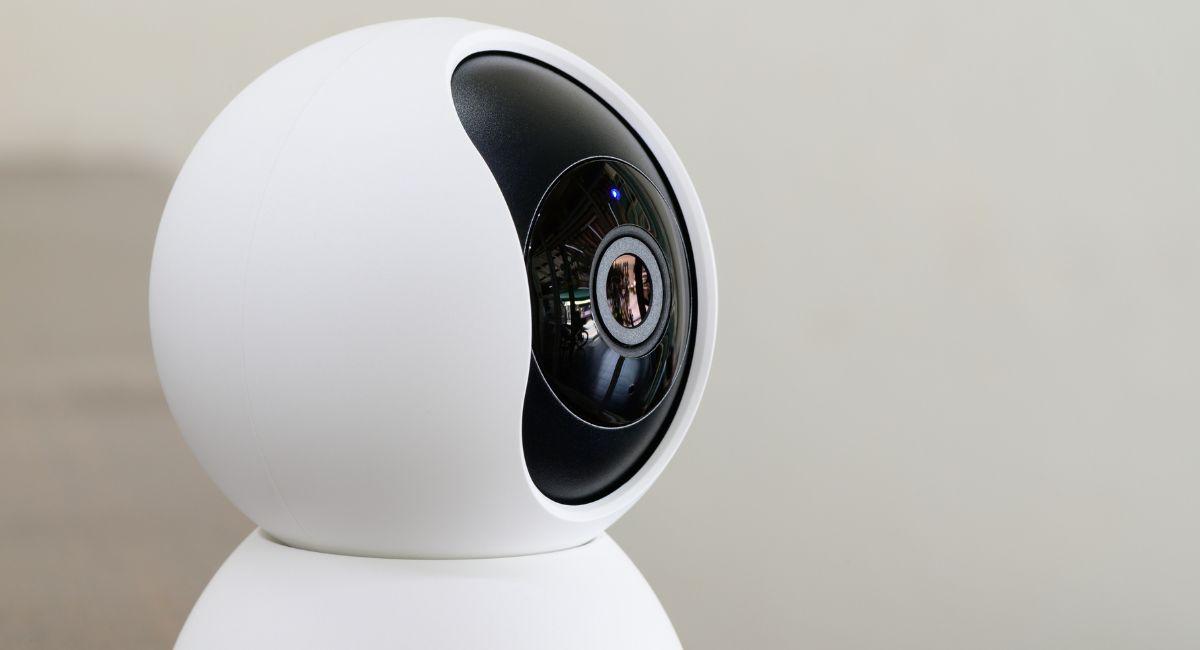In the evolving landscape of the metaverse, venture capitalists (VCs) are strategically directing their investments towards metaverse gadgets rather than platforms. This guide explores the key reasons behind this shift in investment focus and the implications for the future of virtual experiences.1. Hardware as a Tangible Entry Point
Metaverse gadgets represent tangible entry points for users into virtual spaces. VCs recognize that investing in hardware, such as VR headsets, AR glasses, and haptic devices, provides a more immediate and immersive onboarding experience compared to platform development.
2. Enhancing User Engagement
Gadgets contribute directly to enhancing user engagement within the metaverse. Investing in devices that offer novel and interactive experiences aligns with the goal of capturing user attention and fostering prolonged engagement, a crucial metric for success.
3. Expanding the Metaverse Ecosystem
Metaverse gadgets contribute to expanding the overall metaverse ecosystem. VCs understand that a diverse range of gadgets, from wearables to sensory devices, enriches the virtual experience, creating a more holistic and immersive environment beyond traditional platforms.
4. Rapid Technological Advancements
Hardware innovations often outpace developments in platform technologies. VCs are keen on seizing opportunities presented by cutting-edge gadgets that leverage advancements in augmented reality (AR), virtual reality (VR), and other emerging technologies to stay ahead in the competitive landscape.
5. Monetization Opportunities
Investing in metaverse gadgets opens up diverse monetization avenues. VCs see the potential for revenue streams through the sale of devices, subscription models, and partnerships, providing a more direct and immediate path to profitability compared to platform development.
6. Addressing Accessibility Challenges
Metaverse gadgets address accessibility challenges by providing users with tangible tools to access virtual spaces. VCs recognize the importance of overcoming barriers to entry and believe that investing in gadgets can make the metaverse more accessible to a broader audience.
7. Competitive Edge in Emerging Markets
VCs aim to gain a competitive edge by investing in gadgets that cater to emerging markets. Targeting specific niches, such as health and wellness wearables or educational devices, allows investors to tap into diverse sectors within the metaverse landscape.
8. User Adoption and Familiarity
Hardware investments align with user adoption patterns and familiarity. VCs understand that users are more likely to embrace metaverse gadgets that integrate seamlessly into their daily lives, enhancing comfort and promoting widespread adoption.
9. Potential for Integrative Experiences
Investing in gadgets supports the vision of integrative metaverse experiences. VCs see the potential for a seamless blend of physical and virtual realities through gadgets, creating immersive experiences that transcend traditional platform-bound interactions.
10. Strategic Partnerships and Collaborations
VCs recognize that gadgets facilitate strategic partnerships and collaborations. Investing in hardware opens doors to collaborations with manufacturers, tech giants, and other key players, fostering innovation and accelerating the overall growth of the metaverse ecosystem.
Also, read- Exploring The Essence Of The Metaverse From The Perspective Of “Value”
Top 10 Metaverse gadgets and their purpose in the virtual world


 Bitcoin
Bitcoin  Ethereum
Ethereum  Tether
Tether  XRP
XRP  Solana
Solana  Dogecoin
Dogecoin  USDC
USDC  Lido Staked Ether
Lido Staked Ether  Cardano
Cardano  TRON
TRON  Avalanche
Avalanche  Chainlink
Chainlink  Wrapped stETH
Wrapped stETH  Toncoin
Toncoin  Sui
Sui  Shiba Inu
Shiba Inu  Wrapped Bitcoin
Wrapped Bitcoin  Hyperliquid
Hyperliquid  Stellar
Stellar  Polkadot
Polkadot  Hedera
Hedera  WETH
WETH  Bitcoin Cash
Bitcoin Cash  LEO Token
LEO Token  Uniswap
Uniswap  Litecoin
Litecoin  Pepe
Pepe  Wrapped eETH
Wrapped eETH  NEAR Protocol
NEAR Protocol  Ethena USDe
Ethena USDe  Aptos
Aptos  USDS
USDS  Internet Computer
Internet Computer  Aave
Aave  Cronos
Cronos  POL (ex-MATIC)
POL (ex-MATIC)  Ethereum Classic
Ethereum Classic  Mantle
Mantle  Render
Render  MANTRA
MANTRA  Monero
Monero  WhiteBIT Coin
WhiteBIT Coin  Bittensor
Bittensor  Dai
Dai  Artificial Superintelligence Alliance
Artificial Superintelligence Alliance  Ethena
Ethena  Arbitrum
Arbitrum 




